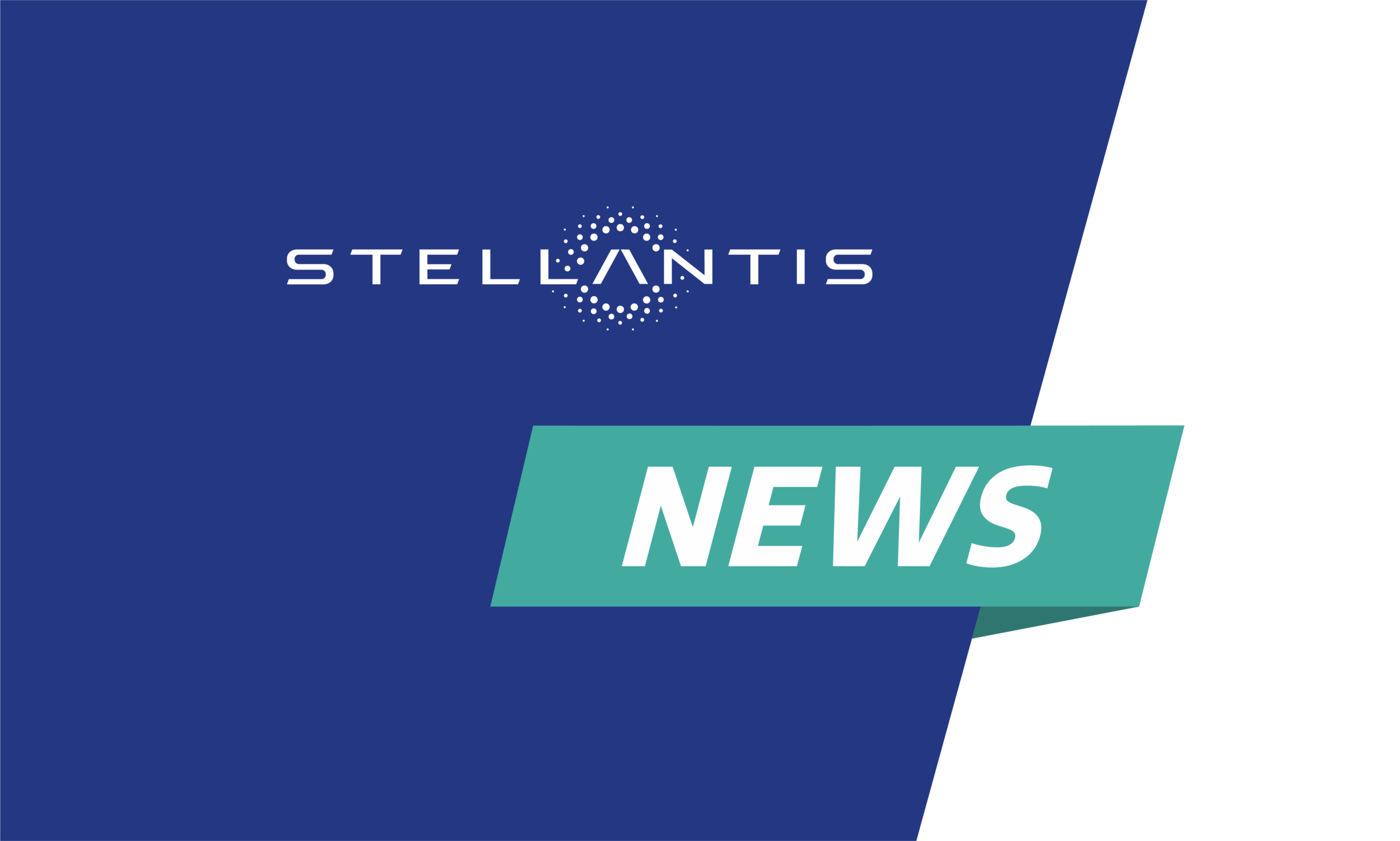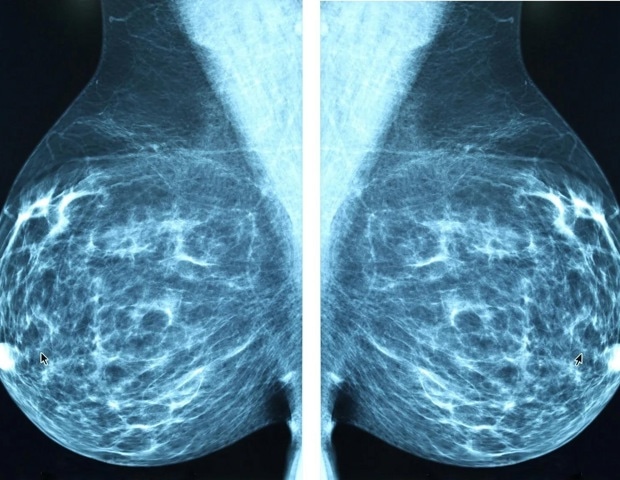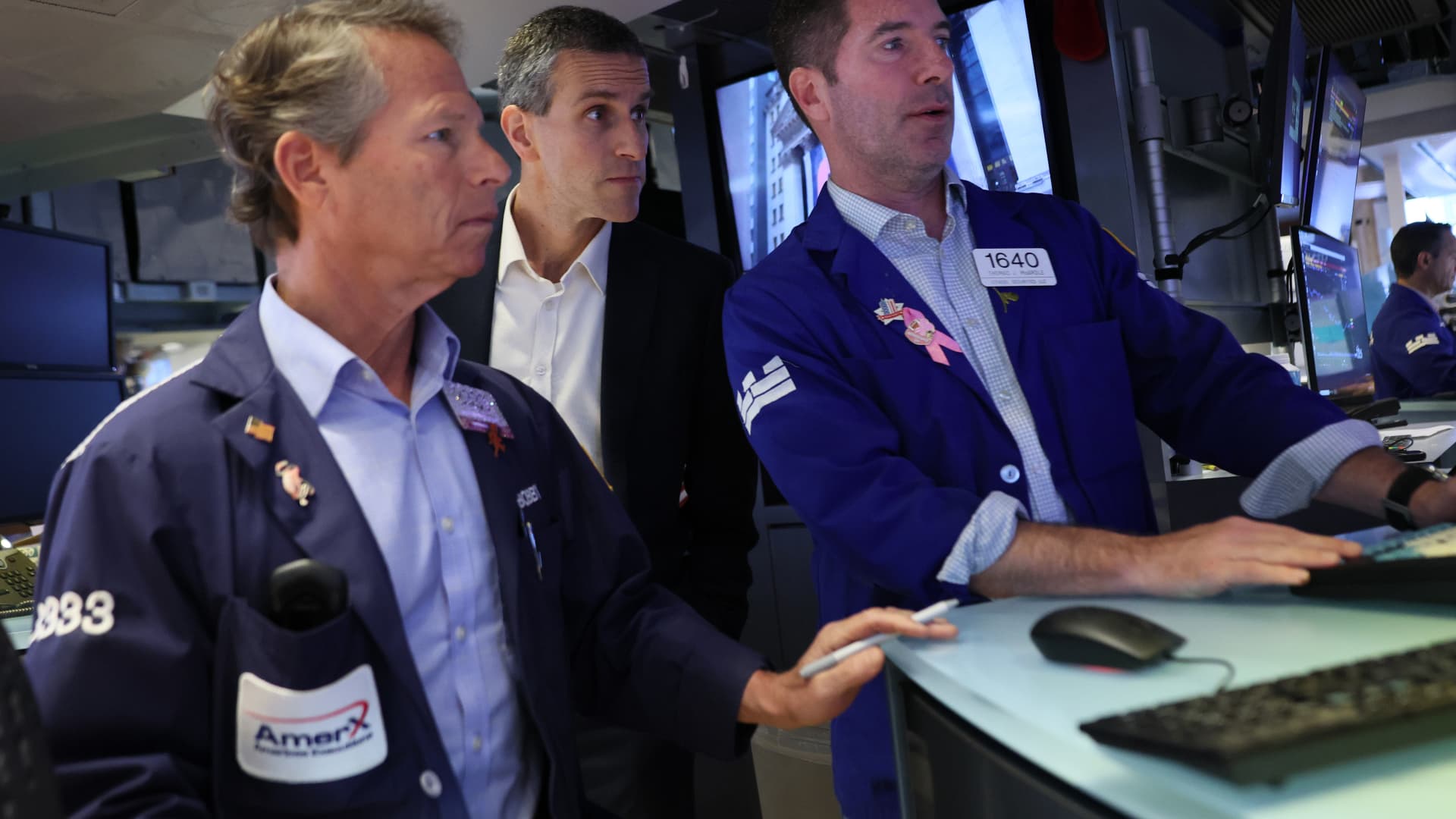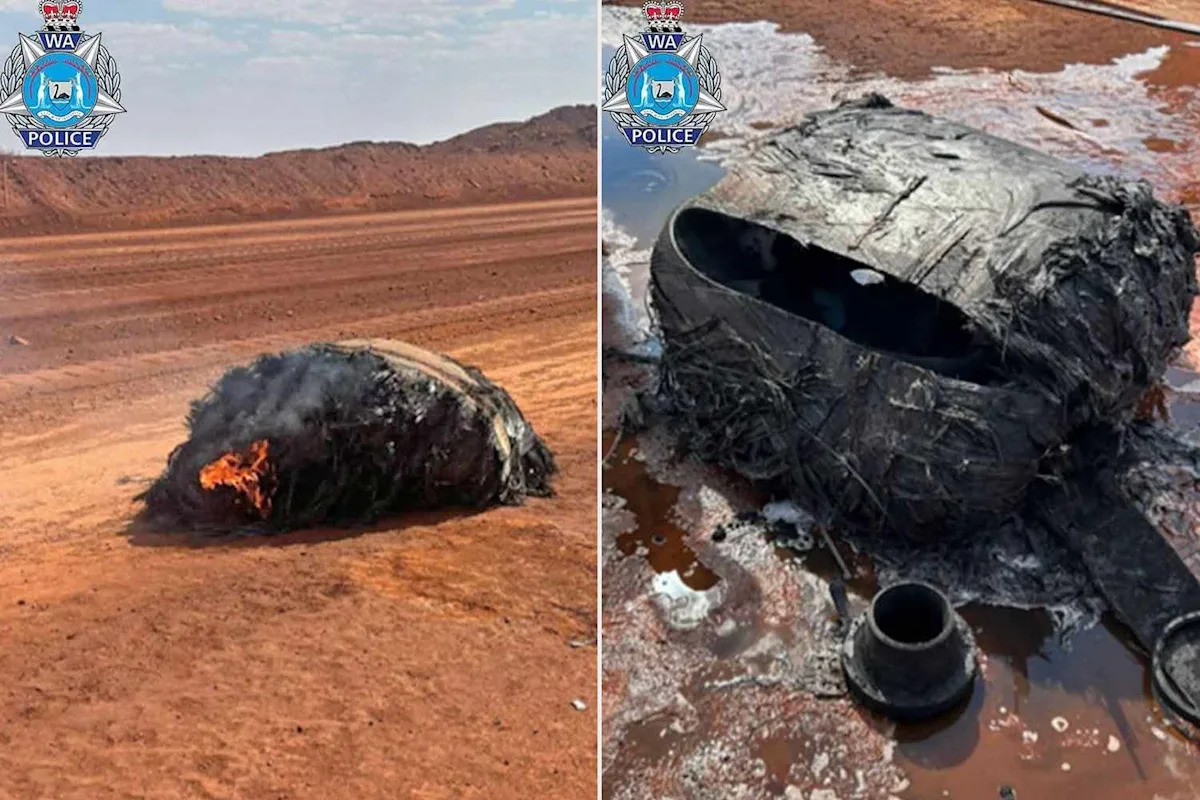Follow ZDNET: Add us as a preferred source on Google.
ZDNET’s key takeaways
- Google’s October Gemini Drop includes upgrades to Gemini Canvas.
- Explain a topic or upload images for Gemini to…

Follow ZDNET: Add us as a preferred source on Google.

Yashita added another gold medal to India’s tally after winning the girls’ freestyle wrestling 61kg title at the Asian Youth Games 2025 in Manama, Bahrain, on Tuesday.
She beat Kazakhstan’s Zhaidar Mukat 6-5 after a slow start in the final to…

AMSTERDAM – Stellantis today announced a new collaboration with NVIDIA, Uber Technologies, Inc., and Foxconn to explore the joint development and future deployment of Level 4 (driverless) autonomous vehicles for robotaxi services worldwide.
This initiative marks significant progress in Stellantis’ global robotaxi strategy, following its recently announced agreement with Pony.ai to test autonomous vehicles in Europe. Together, these efforts position Stellantis to play a significant role in the transition toward safe, efficient, and sustainable autonomous transportation.
Driving the Next Era of Mobility
Together, the companies intend to combine their strengths – Stellantis’ global vehicle engineering and manufacturing expertise, NVIDIA’s autonomous driving software and AI computing, Foxconn’s electronics and system integration capabilities, and Uber’s leadership in ride-hailing operations – to explore a new generation of Level 4 autonomous vehicles.
The collaboration will build on Stellantis’ AV-Ready Platforms – specifically the K0 Medium Size Van and STLA Small – powered by the NVIDIA DRIVE AGX Hyperion 10 autonomous vehicle architecture, which includes the safety-certified NVIDIA DriveOS operating system and full-stack NVIDIA DRIVE AV software (NDAS) purpose-built for Level 4 autonomy. Stellantis AV-Ready platforms are designed for maximum flexibility to adapt to multiple passenger and commercial mobility use cases.
Uber plans to deploy Stellantis autonomous vehicles in select cities worldwide, starting with 5,000 units, with initial operations beginning in the United States. Pilot programs and testing are expected to ramp up over the coming years, with Start of Production (SOP) targeted for 2028.
Roles and Responsibilities
Stellantis’ AV-Ready Platforms are engineered to support Level 4 capabilities through technology upgrades that efficiently integrate all key components, including system redundancies, advanced sensor suites, and high-performance computing, into a flexible and scalable architecture. The result is one of the most competitive platforms in the industry, optimized for safety and reliability, and total cost of ownership for service operators.
Executive Quotes
Antonio Filosa, CEO, Stellantis: “Autonomous mobility opens the door to new, more affordable transportation choices for customers. We have built AV-Ready Platforms to meet growing demand, and by partnering with leaders in AI, electronics, and mobility services, we aim to create a scalable solution that delivers smarter, safer, and more efficient mobility for everyone.”
Dara Khosrowshahi, CEO, Uber: “NVIDIA is the backbone of the AI era and is now fully harnessing that innovation to unleash L4 autonomy at enormous scale, with Stellantis among the first to integrate NVIDIA’s technology for deployment on Uber. We are thrilled to work with Stellantis to bring thousands of their autonomous vehicles to riders around the world.”
Jensen Huang, Founder and CEO, NVIDIA: “Level 4 autonomy isn’t just a milestone for the auto industry – it’s a leap in AI capability. The vehicle becomes a robot – one that sees, perceives, plans, and drives with superhuman precision. By combining Stellantis’ global scale with NVIDIA DRIVE and Foxconn’s system integration, we’re creating a new class of purpose-built robotaxi fleets – making transportation safer, more accessible, and more affordable for everyone.”
Young Liu, Chairman, Foxconn: “Autonomous mobility is a strategic priority within Foxconn’s EV program. The strategic partnerships and strengths across NVIDIA, Stellantis, and Uber accelerate the deployment of Level 4 robotaxi technology, with Foxconn delivering HPC, sensor integration to enable a global rollout.”
About the Collaboration
The non-binding Memorandum of Understanding (MoU) establishes the framework for future agreements covering technology development, licensing, production, and vehicle procurement. Each company retains the flexibility to pursue additional collaborations in the autonomous driving space.
This new initiative complements Stellantis’ recent partnership with Pony.ai, announced earlier this month, to co-develop and test Level 4 autonomous vehicles in Europe – a first step toward deploying robotaxi services on European roads.
About Stellantis
Stellantis N.V. (NYSE: STLA / Euronext Milan: STLAM / Euronext Paris: STLAP) is a leading global automaker, dedicated to giving its customers the freedom to choose the way they move, embracing the latest technologies and creating value for all its stakeholders. Its unique portfolio of iconic and innovative brands includes Abarth, Alfa Romeo, Chrysler, Citroën, Dodge, DS Automobiles, FIAT, Jeep®, Lancia, Maserati, Opel, Peugeot, Ram, Vauxhall, Free2move and Leasys. For more information, visit www.stellantis.com.
Stellantis Forward-Looking Statements
This communication contains forward-looking statements. In particular, statements regarding future events and anticipated results of operations, business strategies, the anticipated benefits of the proposed transaction, future financial and operating results, the anticipated closing date for the proposed transaction and other anticipated aspects of our operations or operating results are forward-looking statements. These statements may include terms such as “may”, “will”, “expect”, “could”, “should”, “intend”, “estimate”, “anticipate”, “believe”, “remain”, “on track”, “design”, “target”, “objective”, “goal”, “forecast”, “projection”, “outlook”, “prospects”, “plan”, or similar terms. Forward-looking statements are not guarantees of future performance. Rather, they are based on Stellantis’ current state of knowledge, future expectations and projections about future events and are by their nature, subject to inherent risks and uncertainties. They relate to events and depend on circumstances that may or may not occur or exist in the future and, as such, undue reliance should not be placed on them.
Actual results may differ materially from those expressed in forward-looking statements as a result of a variety of factors, including: the ability of Stellantis to launch new products successfully and to maintain vehicle shipment volumes; changes in the global financial markets, general economic environment and changes in demand for automotive products, which is subject to cyclicality; Stellantis’ ability to successfully manage the industry-wide transition from internal combustion engines to full electrification; Stellantis’ ability to offer innovative, attractive products and to develop, manufacture and sell vehicles with advanced features including enhanced electrification, connectivity and autonomous-driving characteristics; Stellantis’ ability to produce or procure electric batteries with competitive performance, cost and at required volumes; Stellantis’ ability to successfully launch new businesses and integrate acquisitions; a significant malfunction, disruption or security breach compromising information technology systems or the electronic control systems contained in Stellantis’ vehicles; exchange rate fluctuations, interest rate changes, credit risk and other market risks; increases in costs, disruptions of supply or shortages of raw materials, parts, components and systems used in Stellantis’ vehicles; changes in local economic and political conditions; changes in trade policy, the imposition of global and regional tariffs or tariffs targeted to the automotive industry, the enactment of tax reforms or other changes in tax laws and regulations; the level of governmental economic incentives available to support the adoption of battery electric vehicles; the impact of increasingly stringent regulations regarding fuel efficiency requirements and reduced greenhouse gas and tailpipe emissions; various types of claims, lawsuits, governmental investigations and other contingencies, including product liability and warranty claims and environmental claims, investigations and lawsuits; material operating expenditures in relation to compliance with environmental, health and safety regulations; the level of competition in the automotive industry, which may increase due to consolidation and new entrants; Stellantis’ ability to attract and retain experienced management and employees; exposure to shortfalls in the funding of Stellantis’ defined benefit pension plans; Stellantis’ ability to provide or arrange for access to adequate financing for dealers and retail customers and associated risks related to the operations of financial services companies; Stellantis’ ability to access funding to execute its business plan; Stellantis’ ability to realize anticipated benefits from joint venture arrangements; disruptions arising from political, social and economic instability; risks associated with Stellantis’ relationships with employees, dealers and suppliers; Stellantis’ ability to maintain effective internal controls over financial reporting; developments in labor and industrial relations and developments in applicable labor laws; earthquakes or other disasters; risks and other items described in Stellantis’ Annual Report on Form 20-F for the year ended December 31, 2024 and Current Reports on Form 6-K and amendments thereto filed with the SEC; and other risks and uncertainties.
Any forward-looking statements contained in this communication speak only as of the date of this document and Stellantis disclaims any obligation to update or revise publicly forward-looking statements. Further information concerning Stellantis and its businesses, including factors that could materially affect Stellantis’ financial results, is included in Stellantis’ reports and filings with the U.S. Securities and Exchange Commission and AFM.

In a study of more than 100,000 screening mammograms, researchers demonstrated the potential of an AI tool to help identify women at higher risk of developing interval breast cancers, breast cancer that is diagnosed between regular…

Oct. 27, 2025 — A new study from the Harvey L. Neiman Health Policy Institute found that radiologists who experienced closure of their practice were 10% more likely to subsequently practice as a subspecialist (i.e., majority practice in one…

Traders work on the floor of the New York Stock Exchange during morning trading on Oct. 27, 2025 in New York City.
Michael M. Santiago | Getty Images
The S&P 500 hit a fresh record on Tuesday as investors stepped further into the artificial intelligence trade a day before the Federal Reserve announces its interest rate decision.
The broad market index rose about 0.4%. The Nasdaq Composite advanced 0.8%, while the Dow Jones Industrial Average gained 329 points, or 0.7%. The tech-heavy Nasdaq and 30-stock Dow scored new all-time intraday highs alongside the S&P 500.
Several “Magnificent Seven” names are set to report this week, including Alphabet, Amazon, Apple, Meta Platforms and Microsoft, which together account for roughly one quarter of the S&P 500’s total value. Amazon announced it will begin layoffs on Tuesday, with the move expected to amount to the largest cuts to its workforce in the company’s history. That adds to the slew of job cuts seen in the tech industry this year. Apple and Microsoft were bright spots, however, as both stocks crossed $4 trillion in value during Tuesday’s session.
Tuesday marks the start of the two-day Fed meeting, where the central bank is expected to cut its benchmark rate rate for a second time this year. Traders hoping for a signal from Fed Chair Jerome Powell on Wednesday that the central bank will cut once more at its final meeting of the year in December, partly driven by concerns about a weakening labor market. The Fed is dealing with an economic data blackout given the ongoing U.S. government shutdown.
Investors during Monday’s session cheered cooling tensions between the U.S. and China ahead of a highly-anticipated meeting between President Donald Trump and Chinese President Xi Jinping on Thursday. Trump said Monday that both nations were expected to “come away with” a trade deal, which could address China rare earth minerals restrictions, soybean purchases and TikTok. The Wall Street Journal also reported Tuesday that tariffs on goods from China would be lowered if Beijing clamps down on the export of chemicals which produce fentanyl.
“The market is expecting is something conclusive as a result of this meeting,” Dickson said. “If we don’t get an agreement of some type that can splash the headlines, I think that’ll be a disappointment. That doesn’t necessarily mean that the whole thing is solved. It just means there is definitive progress that something has been agreed to.”
The S&P 500 in the previous session recorded its first-ever close above the 6,800 level, while the tech-heavy Nasdaq Composite and the Dow Jones Industrial Average likewise closed at record highs. The Russell 2000 small-cap benchmark finished at a new all-time high as well.

…

A pile of space debris was found burning near a mine in the Australian outback on Oct. 18
Police said the object’s characteristics were “consistent with known space re-entry debris”
It is unclear what kind of space debris fell and why
A…